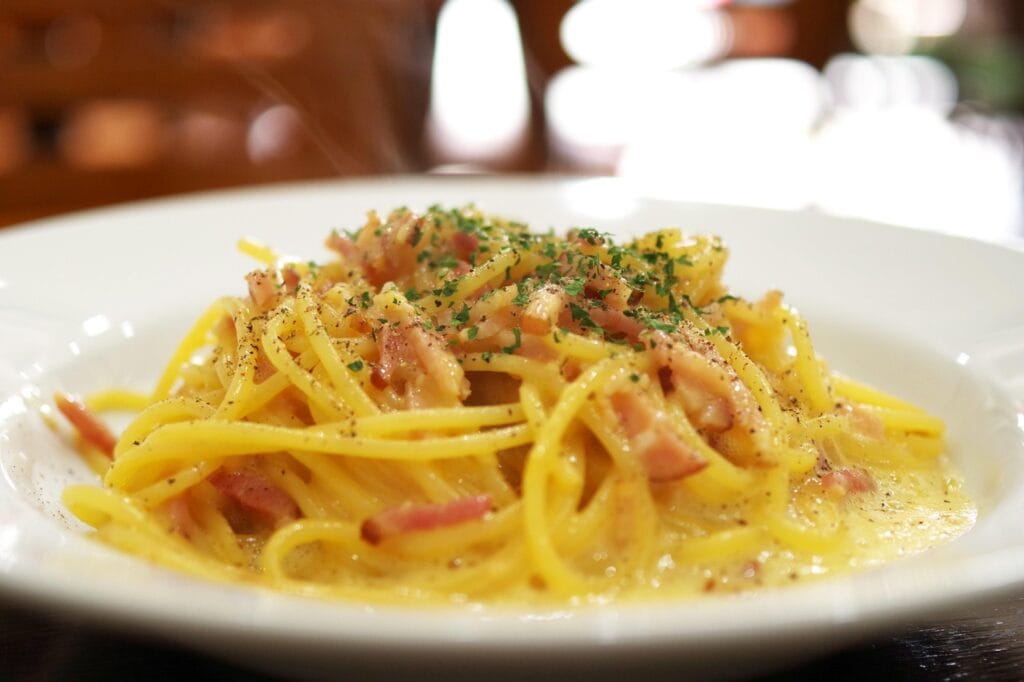

Introduction
Welcome to a journey through the Renaissance Table Cover Tradition—a forgotten ritual that transformed dining into a theatrical experience. This article explores how a simple “cover” evolved from a refined gesture of hospitality to a modern restaurant fee. You’ll discover the origins of this practice, why the biscuit disappeared, and how the poetry of the table was lost. Let’s step back in time and uncover the Ancient Table Cover Tradition.
The Origins of the Renaissance Table Cover Tradition
In the Renaissance, the “cover” was not a line on your bill; instead, it was a miniature stage performance. A delicately folded napkin sat above the plate, crafted with artistic precision. These textiles—often finer than today’s tablecloths—signaled status and care. Next to it rested a small biscuit, not for nourishment but as a warm “Welcome, dear guest—this is the trailer for the banquet.”
Read more about Renaissance dining customs at Britannica
Noble Competition: The Theatrical Side of the Cover
Transitioning from simple courtesy to elaborate display, wealthy hosts competed for the most spectacular “cover.” Think Flemish linen, origami-like folds, moss-scented biscuits, and even love verses stitched along the edges. Each place at the table became a stage, and the Renaissance Table Cover Tradition acted as the curtain rising before the feast.
Explore the art of historical table setting at the Victoria and Albert Museum
From Hospitality to Hidden Fee: The Modern “Coperto”
However, as centuries passed, this act of hospitality shifted. Today, the “coperto” has been reincarnated as an invisible fee: plates, glasses, cutlery, napkins—and sometimes a piece of bread that seems to whisper, “Don’t complain, it’s tradition.” Yet, the biscuit? Gone. The poetry? Disappeared. All that remains is the bill. This is how the Renaissance Tradition has morphed into what we now pay without a second thought.
Discover the origin of Italy’s “coperto” at The Florentine
The Missing Biscuit Mystery
Why did the biscuit vanish while the fee survived? Perhaps it was a restaurateurs’ conspiracy. Or maybe, quite simply, the biscuit was too good to give away for free. Regardless, understanding the Renaissance Table Cover Tradition helps us see how a simple gesture became a timeless institution.
Learn more about Italian dining traditions at Italy Magazine
Conclusion: Reviving the Art of the Cover
In conclusion, the Renaissance Table Cover Tradition is more than just a curious historical footnote. It’s a reminder that hospitality once began with beauty and generosity. Perhaps it’s time to bring back the biscuit—and a little poetry—with our meals.



